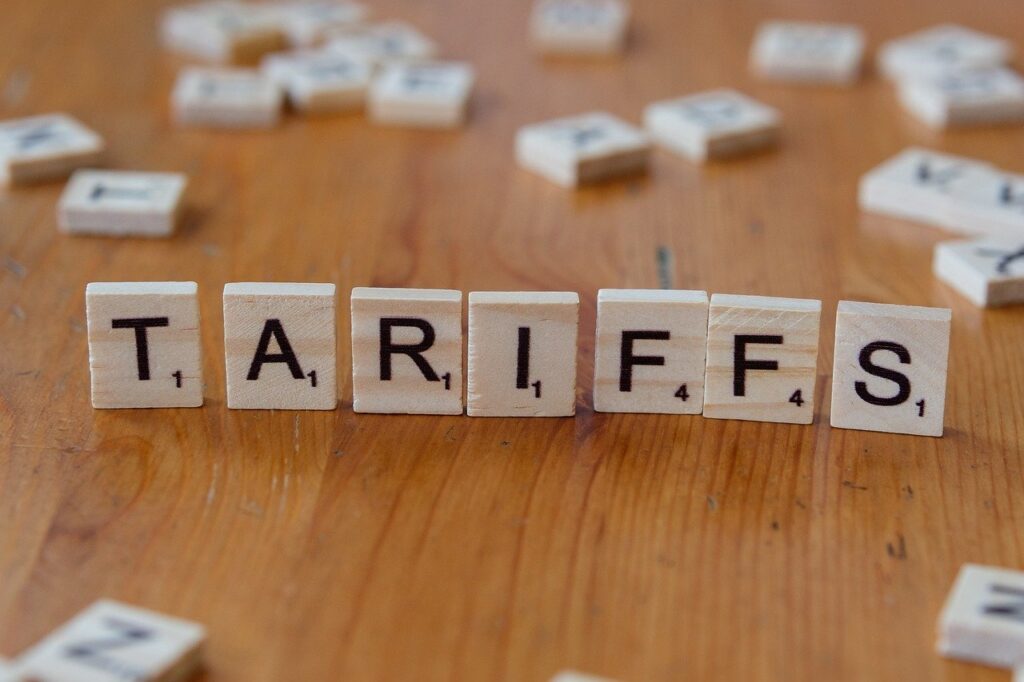The U.S. government recently announced a new round of reciprocal tariff policies, sparking international concern. Former President Donald Trump declared on social media that if China does not retract its 34% additional tariffs on U.S. imports, the U.S. would impose punitive tariffs of up to 50% on Chinese goods starting September 9. This provocative statement immediately drew a stern rebuke from the Chinese Ministry of Commerce.
In response to the U.S.’s unilateral 34% tariffs, China has implemented multi-dimensional countermeasures: sanctioning 16 U.S. companies, including Skydio and BRINC Drones, with 11 added to the “Unreliable Entity List”; imposing export controls on seven categories of heavy rare earths critical to defense industries (samarium, gadolinium, beryllium, dysprosium, germanium, francium, and yttrium); and filing a formal complaint with the World Trade Organization (WTO). Notably, following retaliatory measures in March against U.S. tariffs linked to fentanyl, China has already imposed differential tariffs of 10%-15% on U.S. energy and agricultural products, which could rise to 44%-49% after April 10.
The global trade climate continues to deteriorate. The European Commission recently proposed a 25% retaliatory tariff on select U.S. goods, expected to take effect in mid-May. North America is also witnessing ripple effects: Mexico’s president stated that reciprocal measures are under evaluation, while Canada announced a 25% special tariff on U.S.-manufactured vehicles. The International Monetary Fund (IMF) warned that escalating trade barriers among major economies could reduce global GDP growth by 0.8 percentage points.








